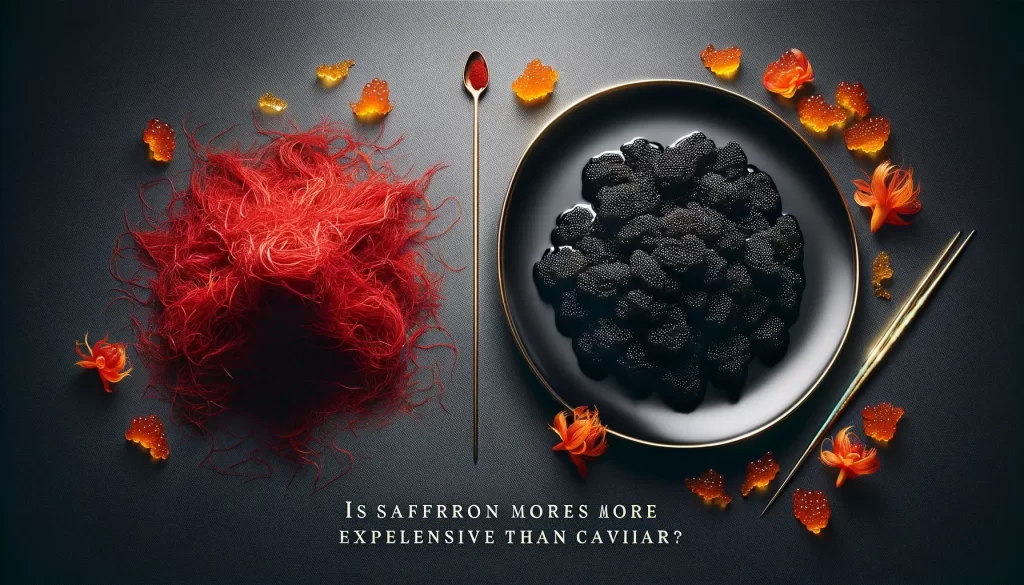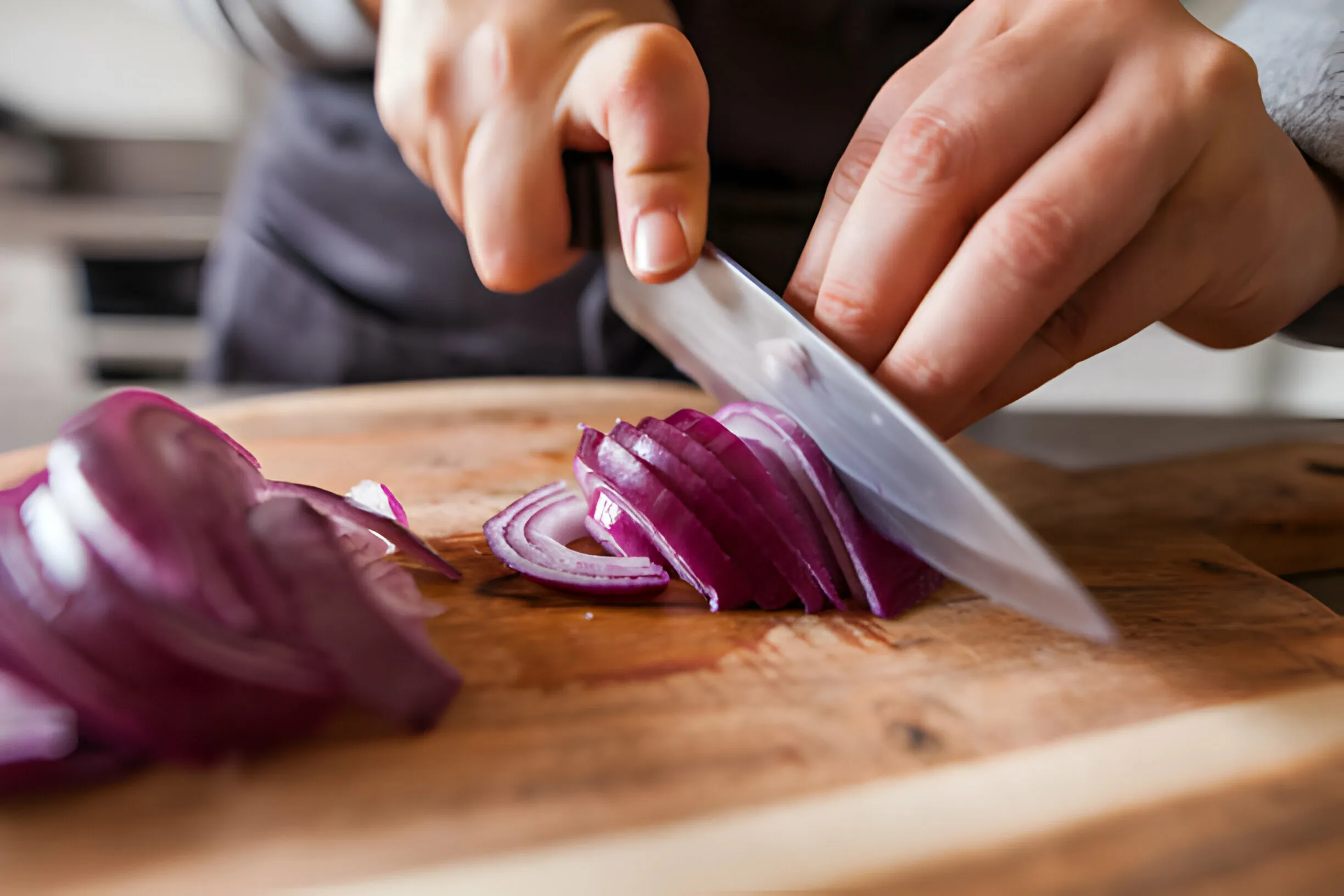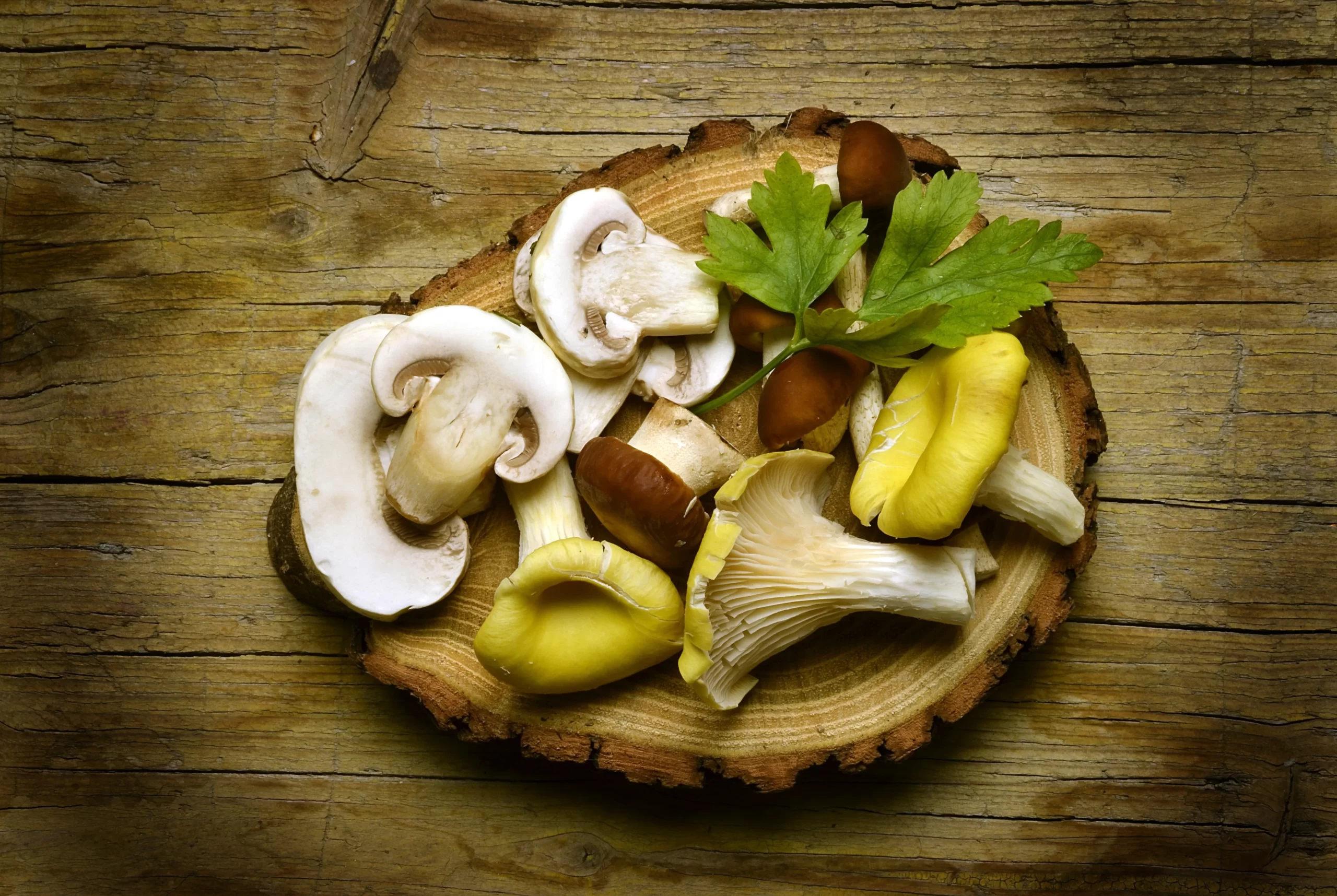Table of Contents
Explore 13 fascinating reasons why saffron is more expensive than gold. Discover its unique harvesting, cultural significance, and global appeal in luxury markets.
Saffron is the most expensive spice in the world, commanding even higher prices by weight than gold. The prized red threads can cost over $5,000 per pound! This seems incredibly extreme when you compare tiny saffron strands to lustrous gold bars. So why is saffron more expensive than gold? Below we reveal 15 key reasons behind saffron’s sky-high cost.
Introduction
Saffron comes from the delicate saffron crocus flower, which takes an incredible amount of manual labor to cultivate and harvest. The spicy red stigmas must then be carefully separated and dried. This extremely meticulous process coupled with other key factors makes saffron one of the most precious commodities on Earth.
This article will uncover the unique conditions that make Saffron More Expensive Than Gold bullion in today’s markets. We’ll explore the:
- Intensive production process
- Global supply and demand dynamics
- High-value applications and unique properties
- Role of saffron in culture and cuisine
- Future cost trajectory for the “red gold” spice
Understanding saffron’s value helps explain why curries, paellas, and bread featuring it command top dollar around the world. Let’s dive in!
Read also: Executive Large Office Moving Services in Sherman Oaks

Labor-Intensive Manual Farming and Harvesting
Saffron crocuses can only be grown in very specific conditions and must be tended entirely by hand. This alone makes saffron extremely labor-intensive compared to mechanized commodities like wheat and corn.
- Each flower provides just three strands of saffron, requiring pickers to harvest up to 150,000 flowers for a single pound.
- The blooming season lasts only 1-2 weeks annually, compressing harvest into a short window.
- Plants must be manually planted, weeded, fertilized, and monitored for diseases.
- All picking must occur early morning before temperatures rise and delicate flowers wilt.
This need for skilled human effort over machines across the entire process results in exceptionally high labor costs factored into saffron pricing.
Global Supply is Highly Concentrated
Unlike gold which is mined globally, saffron production is concentrated primarily in Iran, India, Afghanistan, Greece, and Spain. Total worldwide production averages just 300 tons per year. This tiny output combined with huge demand puts massive upward pressure on saffron prices.
- Iran produces 85-90% of global saffron but has strictly limited exports since 1979.
- India is the largest exporter but still only sells around 50 tons annually.
- Attempts to grow saffron elsewhere like China and Australia have largely failed due to unsuitable conditions.
With supply heavily concentrated in a few regions, saffron is far more scarce compared to the widespread availability of precious metals. Limited supply options drive up costs.
Weather Vulnerabilities and Crop Unpredictability
Saffron corms require very specific climatic conditions to thrive and are highly vulnerable to weather shifts and natural disasters. Unpredictable crop variability causes wild swings in market prices.
- Corms require long, hot, and extremely dry summers with timely autumn rainfall for flowering. Too much rain causes root rot. Frost kills the blooms.
- Yields vary enormously year-to-year based on weather fluctuations. A poor season in one country can multiply global prices.
- Droughts, floods, hail, and diseases can rapidly destroy entire fields resulting in lost harvests.
These vulnerabilities make saffron dependent on ideal weather. Inconsistent output and inventory shortfalls send the spice’s price soaring.
High Perishability and Short Shelf Life
Saffron’s delicate flavor and aromatic compounds quickly degrade without proper storage. Its extremely short shelf life compared to non-perishable gold adds risk and cost.
- Saffron’s potency and color start fading within weeks after harvest unless carefully sealed and refrigerated.
- Exposed to air and light, saffron loses aroma rapidly. Inferior quality means much lower prices.
- Traders must prevent degradation during long transport and storage periods from remote farms to final buyers.
- Retailers try selling in small lots to reduce time sitting on shelves. Most saffron is sold within 8-12 months of harvest.
This perishability requires greater care and speed compared to durable metals, further inflating prices.
High-Value Applications Drive Demand
Saffron is indispensable in the cuisine, medicine, and religions of numerous cultures. This imparts tremendous value that fuels market demand and prices higher than gold.
- Saffron is essential in Spanish paella, Indian curries, Persian dishes, and Italian seafood among others. No substitute truly replicates its distinct flavor.
- Its use as a fabric dye and aromatic perfume ingredient dates back millennia with no replacement.
- Saffron is integral to Hindu religious rituals and offerings. Practitioners will pay any price to observe traditions.
- Ancient medicines attributed magical healing powers to saffron. Modern studies show potential health and anti-aging effects.
For millions, saffron is a cultural treasure and social status symbol. This emotional value preserves demand despite rising costs.
Low Aroma and Dye Yield per Harvest
Each saffron strand contains just a miniscule amount of crocin, safranal, and other compounds providing its color, bitterness, and heady aroma. It takes the essence of thousands of tiny strands to impart saffron’s signature flavor and color.
- To make 1 pound of saffron requires 50,000-75,000 flowers containing around 500,000 individual stigmas.
- One acre yields 4-12 pounds of finished saffron annually.
- Saffron farmers earn around $11 per hour – excellent wages but a fraction of saffron’s retail cost.
The tiny aromatic yield per harvest and myriad costs added through the supply chain result in astronomical prices.
High Risk of Adulteration
Saffron’s extreme value makes it a prime target for adulteration by unscrupulous sellers trying to boost profits. This risk of fakes requires costly chemical testing and certification for traders and end buyers.
- Common bulking agents mixed with saffron include turmeric, corn silk, dyed onion threads, and even plastic fibers.
- Traders must put samples through elaborate lab tests checking for adulterants via spectrophotometry, chromatography, and microscopy.
- Consumer brands and upscale retailers invest heavily in certification programs and supply chain audits to verify authenticity.
This scientific authentication required for genuine saffron adds significant overheads that ultimately translate into retail pricing premiums.
Artisanal Hand-Processing Methods
The painstaking traditional techniques used to finish harvested saffron into its final retail form maximize quality but require substantial skilled labor.
- Pickers must manually separate and sort every single stigma, avoiding any yellowed or damaged portions from molding batches.
- Strands are laid out and dried slowly over days to retain aromatic oils and allow moisture to diffuse evenly. Rushing risks decay.
- Traditional practitioners finely grade saffron into different quality categories based on stigma size, color intensity, and vigor.
- The finished saffron is finally packaged by hand into distinctive tin boxes without automatic weighing or packing machines.
This meticulous hand processing and quality tiering process passed down over generations demands expertise that machines simply can’t replicate. The extra effort increases costs but underlies saffron’s value.
Necessity of Precision Timing Across the Process
From planting to picking to processing, producing premium saffron requires flawlessly executing multiple stages in perfect sequence under tight time constraints. One misstep can compromise an entire batch’s value.
- Corms only flower for 1-2 weeks annually in autumn and only open for several hours daily before wilting. Missing the short bloom window means lost inventory for the year.
- Pickers have just minutes to harvest each flower at dawn before rising heat causes the delicate stigmas to disintegrate into powder.
- Stigmas must then be dried and packaged rapidly to avoid moisture-damaging aroma and shelf life.
This race against the clock across the production cycle makes precision skills essential. There is zero margin for error when each tiny stigma commands such worth. The need for perfect timing adds costs.
Limited Production Scalability
Unlike industrial or small-scale mining operations, saffron farming has a very low ceiling for production capacity due to the manual labor required. This restricts supply elasticity, keeping prices elevated as demand rises.
- Planting, tending, picking, and processing are impossible to automate or scale up in the way automated machinery multiplied outputs of crops like wheat.
- Each acre can support around 50,000 corms and requires hundreds of worker hours across the season.
- Attempts to intensify yields via fertilizers and cramming more corms per field undermine quality and plant health.
With production inputs capped by the finite labor capacity, saffron supply struggles to keep pace as the global middle class and appetite for cuisine using saffron grows. Limited scalability cements saffron as a premium luxury good.
Significant Land and Infrastructure Needed for Production
Saffron farming requires significant upfront investment in land, irrigation, processing facilities, and storage infrastructure compared to mining precious metals. This raises costs:
- Ideal growing areas are limited. New farms require expensive engineering to improve drainage, install irrigation, and level terrain.
- Saffron’s short season and long dormancy mean specialized storage warehouses are needed to hold a full year of inventory.
- Drying kilns, grading facilities, and packing rooms require construction to handle delicate processing.
- Security and insurance costs are high for facilities holding such a valuable commodity. Anti-theft technology is a must.
Unlike gold which can be mined and then stored indefinitely in vaults, saffron needs considerable purpose-built infrastructure before any return is realized from harvests.
Global Trade Barriers and Tariffs Raise Prices
Trade protectionism erects further barriers to affordable saffron access in many markets. Import restrictions, tariffs, and quotas drive up costs.
- Iran imposes very high export tariffs of up to 40% to dissuade overseas sales and retain domestic stocks.
- The US and EU levy import duties ranging from 5-20% on foreign saffron.
- India restricts exports through licensing and quotas to secure domestic supply.
- Saffron smuggling is rampant to circumvent taxes and bans, incurring risks that inflate pricing.
These trade barriers prevent efficient global distribution and force importers to pad pricing to absorb tariffs. Consumers ultimately pay the price.
Speculative Investing and Stockpiling Also Boost Prices
In recent decades, investors and traders have piled into saffron lured by rising prices, buying up stocks for speculative hoarding. This supply bottleneck inflates values higher.
- Investors treat saffron as an alternative precious commodity like gold that can be hoarded and then resold later at a profit.
- Limited supply and perpetual demand for the spice make it a sound bet for price increases.
- Elite buyers in the Middle East stockpile prime saffron as a prestige symbol and hedge against inflation.
This financial speculation removes a significant portion of global saffron from the open market. Scarcity then drives more speculative interest and higher prices in a reinforcing cycle.
Is Saffron More Expensive Than Gold in India?
Yes, saffron is more costly per ounce compared to gold in India too. In Indian markets, saffron prices currently exceed rates for 22-karat gold by 20-30% on average.
Factors like strong cultural traditions, rising incomes, and an appetite for celebratory dishes containing saffron sustain higher relative local costs. Installation of modern irrigation systems is also expanding the land viable for Indian saffron production.
However, tariffs on imported saffron do make gold more affordable than domestic saffron for Indian consumers in absolute terms. Lifting trade barriers could make saffron more price-competitive.
Is Saffron More Expensive Than Caviar?
By weight, saffron is 7-10 times more expensive per ounce than premium caviars from beluga sturgeon and other luxury fish varietals.
The labor intensity, specialty infrastructure needs, and sensitivity of saffron put its production costs in an entirely different realm than fish harvesting.
Caviar faces supply limitations and high farming costs. But aquatic ecosystems offer far greater scalability than tiny saffron fields that must be planted and picked by hand. The availability gap keeps caviar prices lower.

Final Words- Why Saffron is More Expensive Than Gold
In summary, many unique factors align to make saffron the world’s priciest spice. The tremendous effort and risks required in careful farming, the low aromatic yields per harvest, product perishability, purity testing, global trade barriers, cultural value, and limited scalability compel prices higher than gold.
Demand for saffron will continue rising as global prosperity grows and more consumers can afford the good life’s finer spices. Barring production innovations, expect the value of precious saffron strands to outweigh their weight in gold for decades to come.




